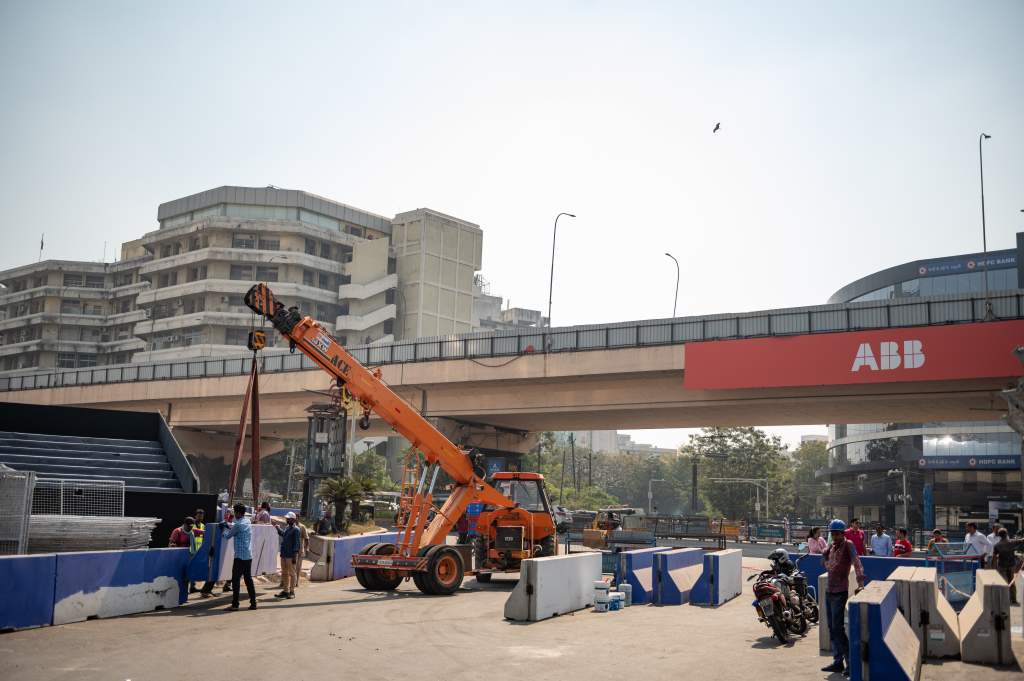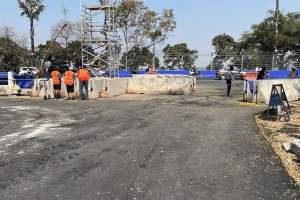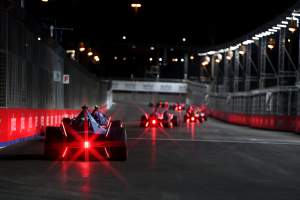As Formula E gets set to embark on three new locations – with Hyderabad in India this weekend followed by Cape Town in South Africa a fortnight later then Brazil and Sao Paulo in late March – it’s a good opportunity to look at what to avoid and what to major on when racing at a fresh venue.
Formula E’s calendars have been a volatile mix of amazing city vistas, quasi-permanent oddities and an increasing venture into races around major exhibition or sporting infrastructure.
This weekend it goes back to its true DNA of racing in the heart of a city, in this case Hyderabad.
It’s perhaps the most logistically difficult to pull off of the three new tracks, but it’s an important location for the all-electric championship to clearly embed its future-thinking messages.
Here are the five hazards that Formula E needs to avoid when it comes to its rich array of nations and the tracks it builds or visits.
Get the location right
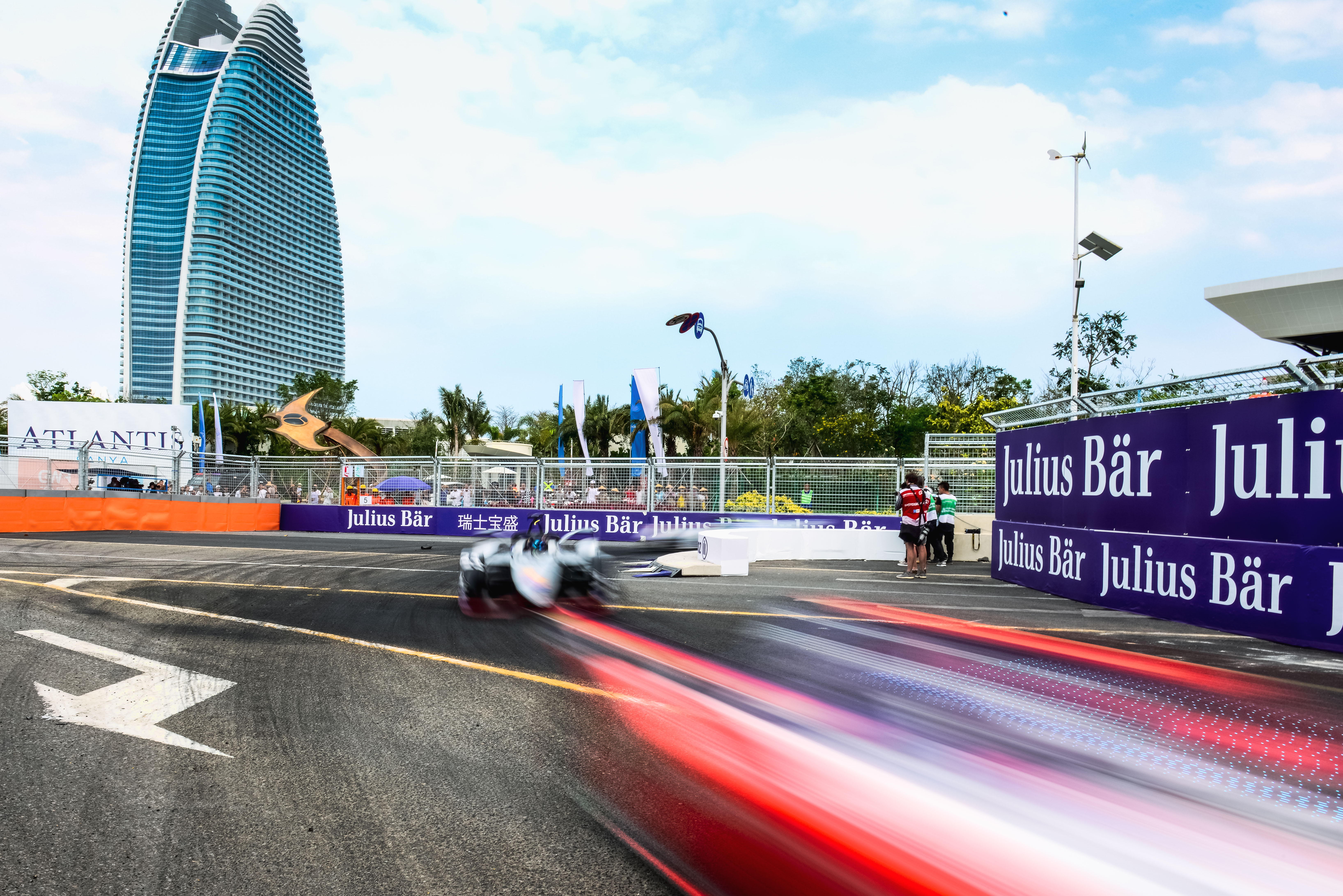
Formula E has an unbelievable breadth of outstanding global cities on its books. Granted, some have fallen by the wayside but when you read out loud a list such as: New York, Paris, Berlin, London, Hong Kong, Seoul, Moscow and Rome, it brings home what a remarkable job the championship has done in little under a decade.
Some of those venues have been creative in applying the ‘racing in the streets’ credo when clearly they don’t. But let’s not split hairs here. Formula E has done something no other championship can or will do on a permanent basis, which is to host races, wherever they take place, in the city.
But there have also been less successful forays into metropolitan areas. Sanya, like an Asian Vegas, was an acquired taste to say the least. Punta del Este, while quirky, was essentially in the middle of nowhere, and Marrakesh, while curiously gratifying and convenient as a substitute race, was attended by the proverbial one man and his dog.
Then there were the ones that got away. Brussels, Vancouver, Rio de Janeiro and Seoul. While the first two didn’t happen for a combination of political and commercial conflict, Seoul was the one that seems like a massively missed opportunity.
There has been talk of an event in Eindhoven but this petered out. It is a technologically interesting city but would partners in the series’ network of corporates get excited about it? Probably not.
Formula E is still geared towards the marketplace and eyeballs as much as it is for the spectacular backdrops of Table Mountain, Manhattan and Monaco’s harbour-front.
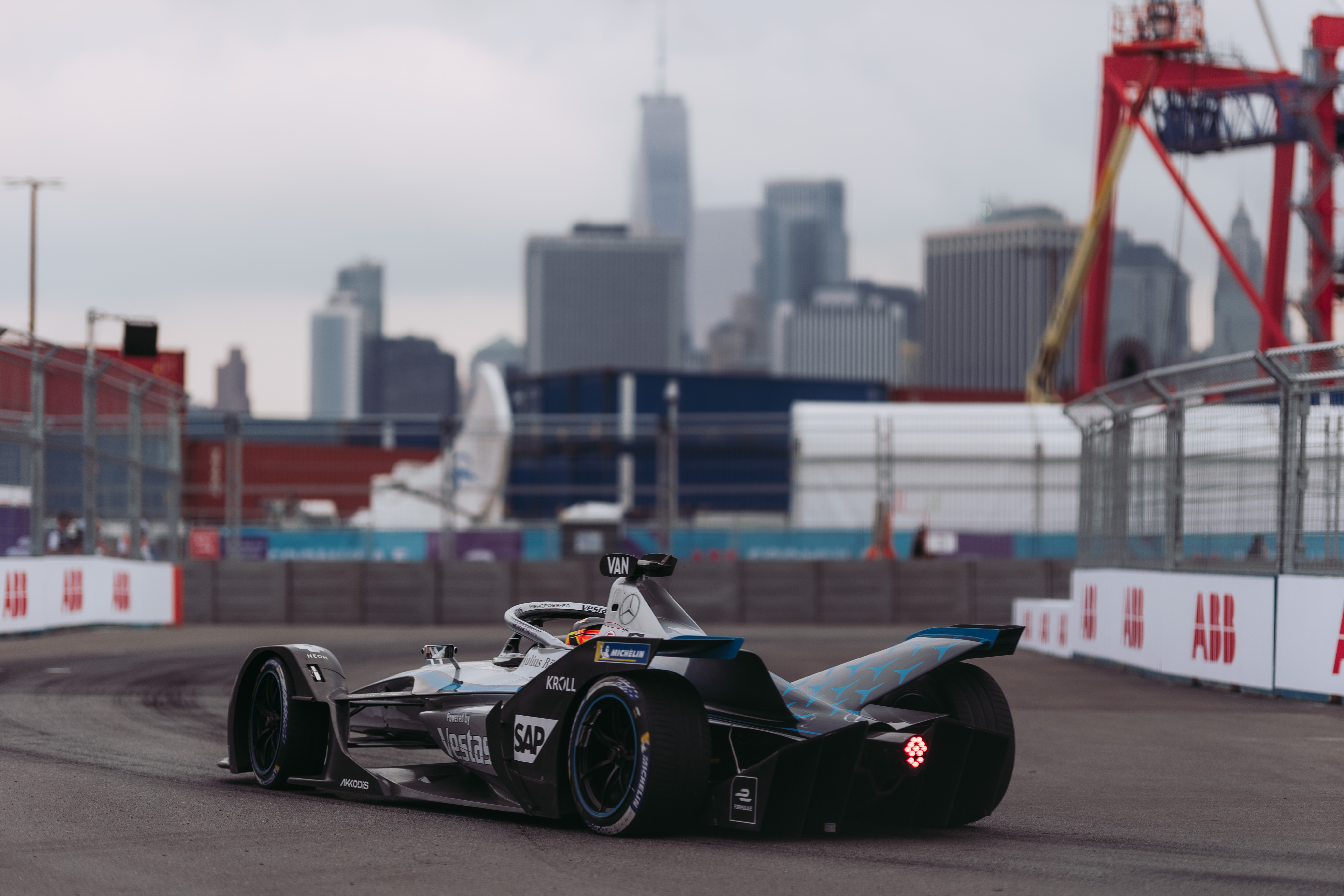
Formula E chases the backdrop, of course it does, but more than that it needs to have prestigious cities on its schedule where manufacturers can ‘activate’ their marketing power.
The present calendar is impressive: Riyadh, Mexico City, Hyderabad, Cape Town, Sao Paulo, Berlin, Monaco, Jakarta, Portland, Rome and London. Any major international sport would be happy with that smorgasbord of geographical glitter and colour.
Add Tokyo and Los Angeles to that lot and you’ve got something very special, which is what the world championship is aiming for in 2024 and beyond.
Don’t annoy the locals
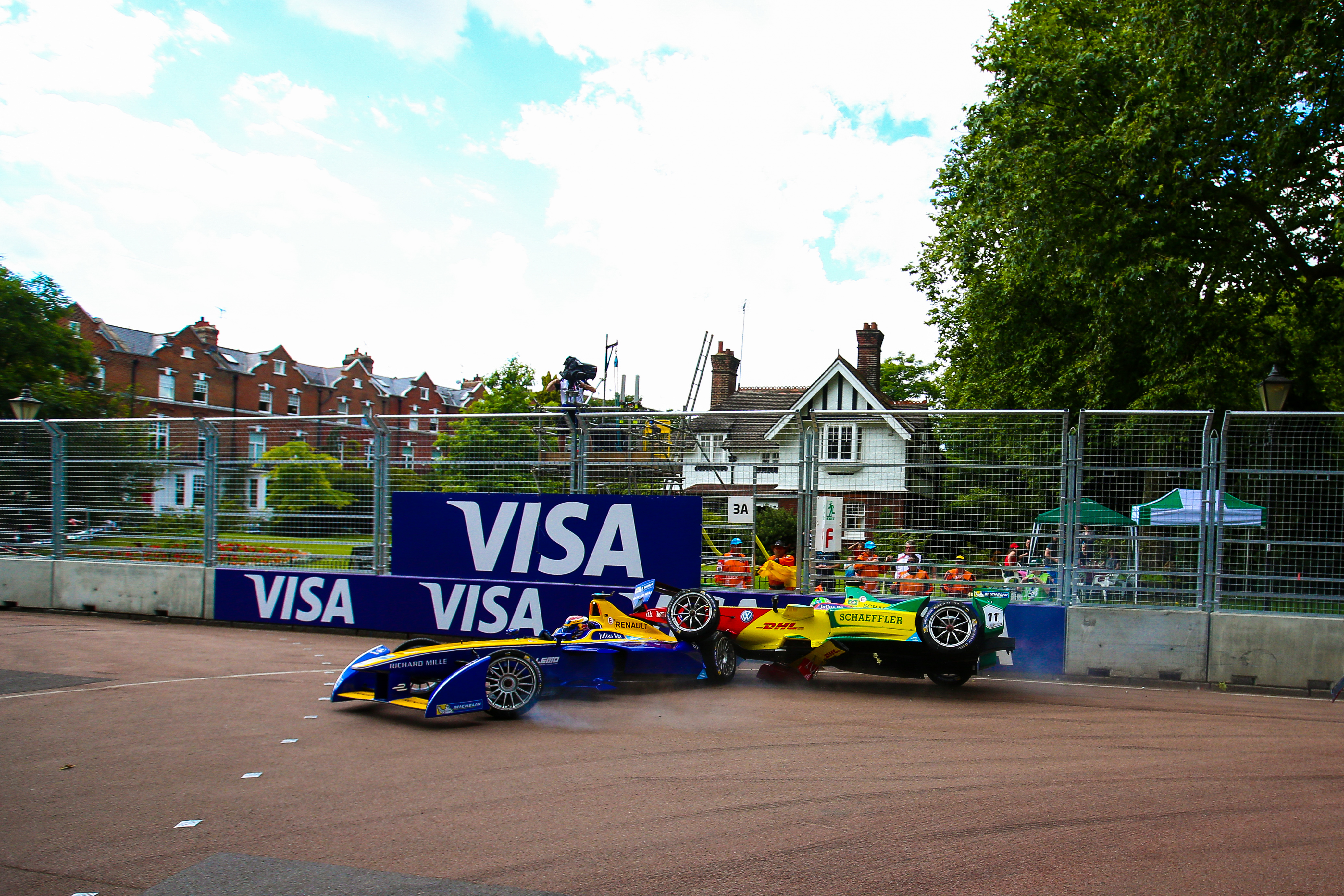
Motorsport is good at getting this wrong.
It’s nothing new. A collection of Brummies got chippy when the Birmingham Super Prix arrived in the UK’s second city back in the 1980s and a collection of pensioners used to hold angry coffee morning meetings in downtown Long Beach as their pedestrian crossing on Shoreline Drive got blocked off before Formula 1’s United States Grands Prix of the late 1970s and early 1980s.
On one level it’s unavoidable when racing in the heart of cities. But look carefully and there are only a few races on the 2023 FE calendar where this actually happens. Hyderabad and Cape Town are probably the only ones in the heart of the city, and you can’t really count Monaco because of its size.
Others like Berlin, Rome, London and Riyadh are on the outskirts, while Mexico City and Portland are permanent venues.
So, Formula E has adapted and it had to because races such as Paris, Bern and Santiago (2018 version) severely disrupted local business and populace to the extent that antipathy was created and in Santiago’s case some ugly scenes sprang forth.
Those were lessons learned and Formula E’s model, not that it was admitted in public, changed. The super stadiums and conference centre races using perimeter roads instead of public roads made much more sense.
Don’t bite off more than you can chew
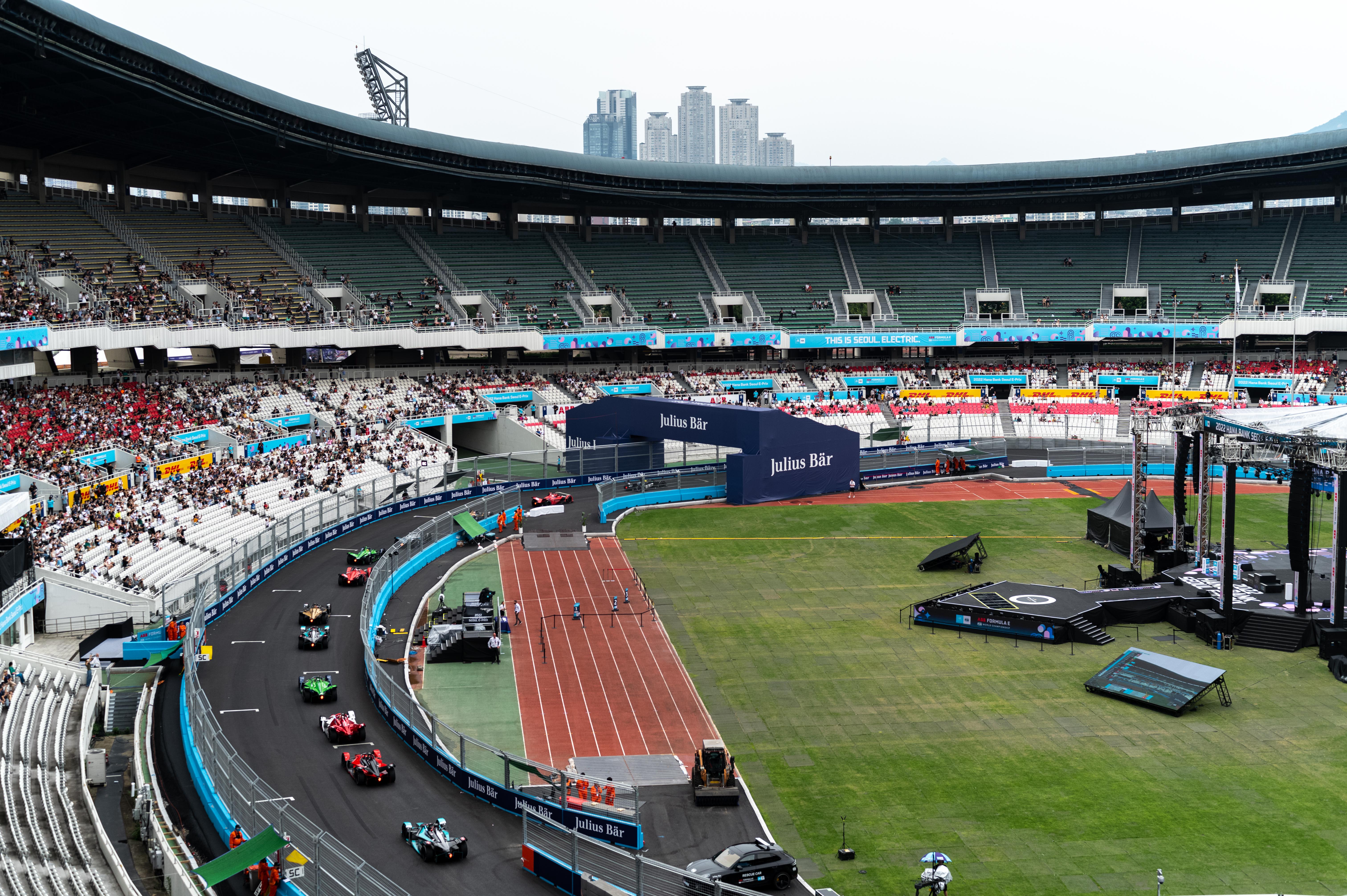
Last August’s Seoul E-Prix, on the surface at least, looked fantastic. Cascading through the 1988 Olympic Stadium with the backdrop of the Blade Runner-esque Korean capital, it should have been an absolute winner.
It was for a fleeting moment. However, soon came bother with layer upon layer of commercial complexity about the race’s future.
The official line was that renovation of the stadium meant a race couldn’t happen this year and a return to Seoul looks unlikely now as Tokyo starts to gather momentum to add another Asian race.
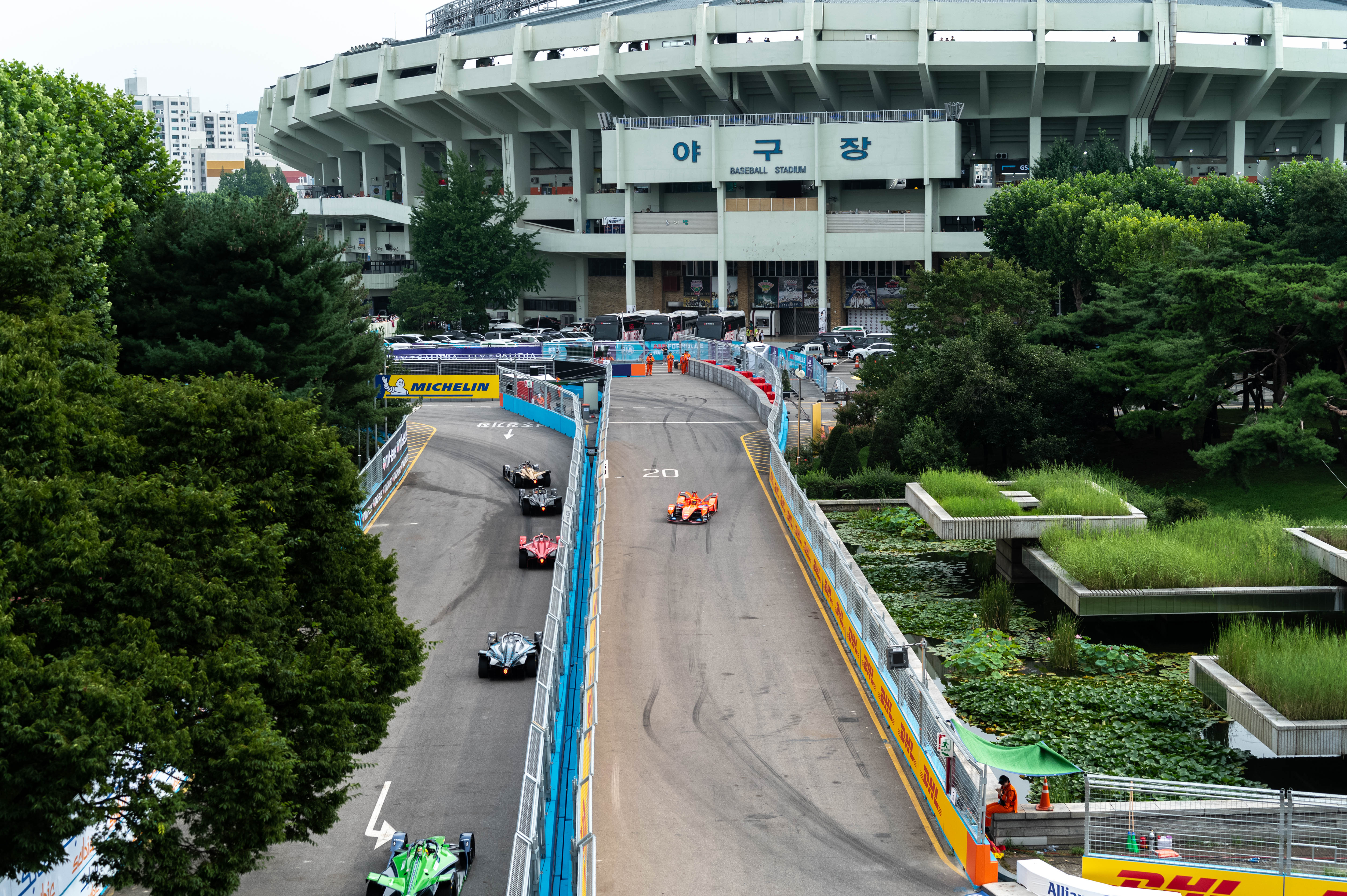
Should last August’s Seoul E-Prix prove to be a one off it will be viewed with much disappointment. That’s because a golden opportunity to establish a foothold in one of the world’s most technologically advanced cities was lost.
Officially there were 36,000 spectators that attended across the weekend. That must have included the generous number of busts and statues of former Olympic heroes because in the stadium itself there seemed to be no more than 5000 on each day, and that is being generous.
Word was that the tickets were expensive and the local promoters promoted weakly. Where were the school kids to help fill the stadium? No real answers have ever been forthcoming.
Avoid drawn out deals or political hotbeds
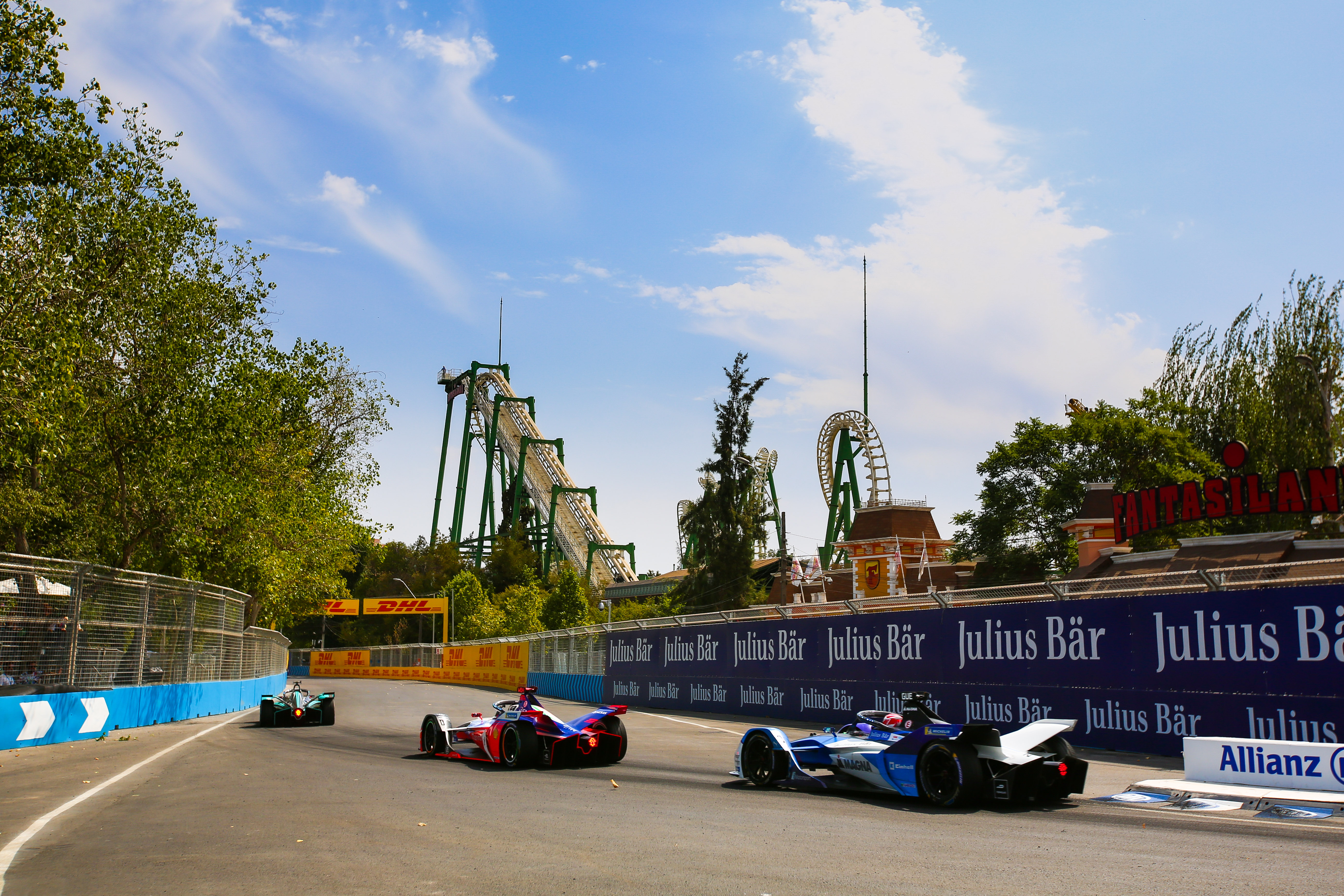
Dealing with and getting deals together with the powers that be in a city is an intricate skill of diplomacy and political awareness that any politician would be proud of.
Quite how some of the senior race fixers from Formula E navigate some of the minefields is genuinely impressive.
In most other motorsport disciplines the execs of a championship will deal with circuits directly. Deals can be done in an afternoon. Not in Formula E. Its deals often take months and even in some cases years as they have to tackle significantly more complex negotiations than if it was simply rocking up at a permanent racetrack.
Take Tokyo. Discussions between Formula E and the metropolitan government have gone on for several years with Formula E Operations realising that a softly, softly approach was the only way that the largest city on earth was going to reap dividends. So, it proved, and although not confirmed for a guaranteed race in 2024, recent visits have gone well in an effort to raise the cash for a first ever Tokyo E-Prix.
But other cities have proved tougher to crack, even if initially they were. Montreal is the prime case study.
If Formula E thought Canada was a turbulent market to get a race on and consolidated, its suspicions were very rudely realised last year. That was when within 10 weeks of the race’s scheduled date, Vancouver fell off the schedule.
It was mostly due to a host of political issues and local promoter incompetence, some of which rumbles on to this day. The PR fallout is massive and a lull period is needed for any city in Canada so that the championship’s reputation can be healed.
Santiago also fell to political instability in the country when trouble flared in 2020 but more positive was the success of getting the Sao Paulo E-Prix on for this March.
Several attempts had been made to host a race there, and a similar story played out in Rio back in 2015. The Sao Paulo event in the Anhembi district is said to be sold out, and the area is expected to host the race for several more years after 2023.
It’s unclear if this event is free from political interference. But with governing parties changing almost yearly in some countries, as ever Formula E counts no chickens when it comes to schedule stability.
Create a buzz!
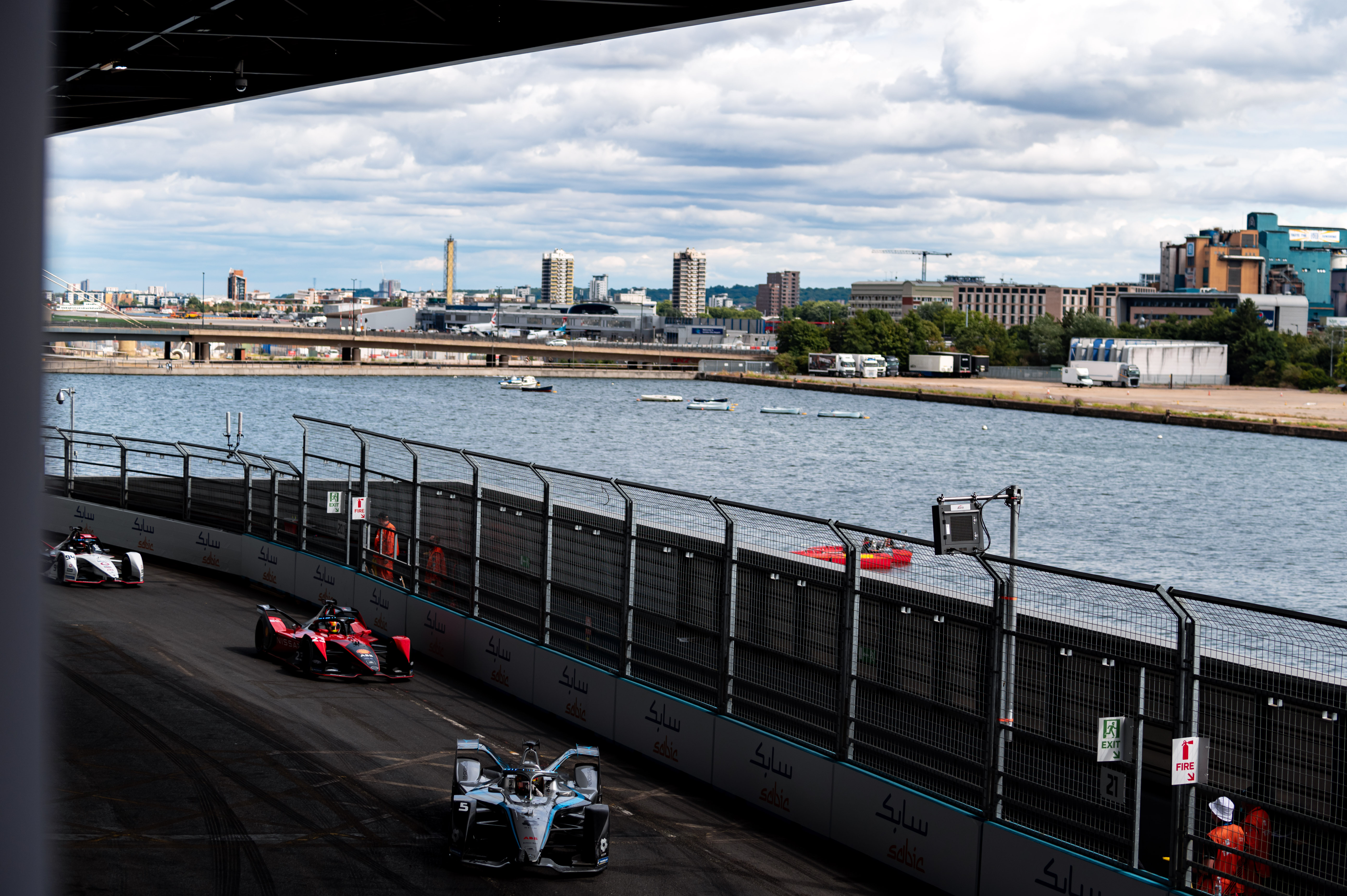
The London E-Prix last July was magnificent.
Glitz, noise, colour and spectacular showbiz all in a convenient and spacious setting. This surely is the future of Formula E, part sporting wonderland and part family-fun pop-tastic splendour.
Yet, Riyadh’s amazing drone-show apart, the pomp of London is still relatively one of a kind, and that is strange.
Long gone are the days of standing on a grassy bank at Redgate or Cascades scribbling numbers into a lap chart (although I’m still partial). Family entertainment, comfort and value for money are the very least of what consumers are looking for in sporting recreation time these days.
Each E-Prix is distinct but surely what should unify them all is a festival feel.
The 61st running of the Rolex 24 at @DAYTONA was one to remember.#IMSA | #Rolex24 pic.twitter.com/xSwocJFIn1
— #IMSA (@IMSA) January 31, 2023
At the Daytona 24 Hours last month photos and film emerged of a packed pit apron with all fans, not just some, allowed to meet the drivers and mingle around the cars. There were thousands of them. Formula E meanwhile grants the same tired old ‘exclusive’ access.
Formula E’s costume and make-up department do many things very well indeed, but some of the more obvious opportunities seem to get passed by too often.


